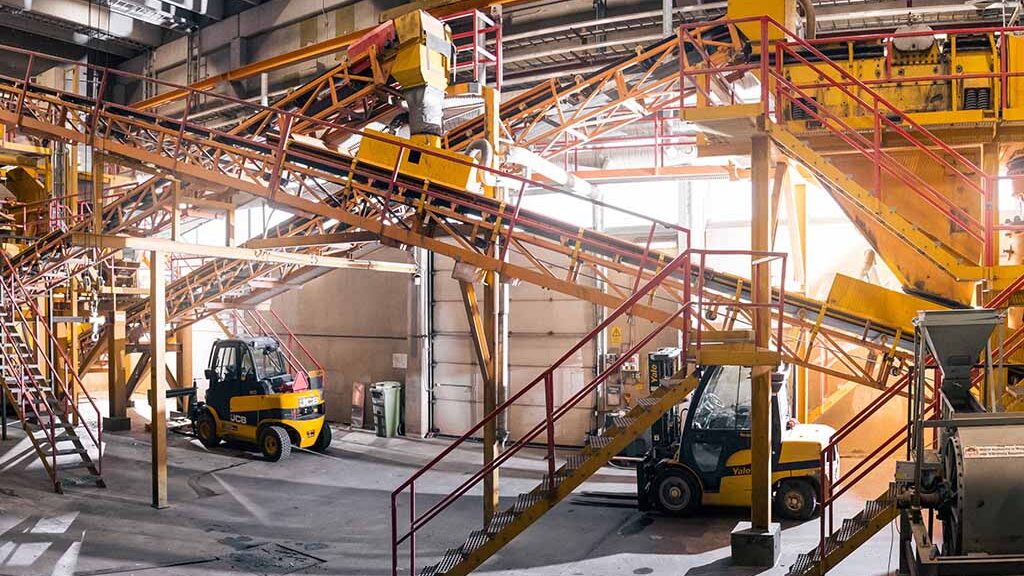Crushing and Grinding
Crushing and grinding is one of the most demanding mineral technology processes because selection of the correct crushing and grinding process guarantees a successful separation process. The investment and operation costs constitute a major part of the total beneficiation costs, and thus studying this subprocess during process design is absolutely necessary.

GTK’s Mineral Processing Unit has experience in crushing and grinding surveys for a variety of ores and other raw materials. Our crushing and grinding studies are supported by our in-house mineralogy and analytics services. The studies can be done in the laboratory, as a minipilot run or as a pilot run. The latter also includes online measuring and adjustment opportunities.
The surveys typically aim at optimising the entire grinding chain for the beneficiation process. We offer several crushing and grinding methods to be used in our studies: metal and autogenous grinding with their applications.
Laboratory studies
The first stage of a crushing and grinding study is defining the energy consumption of a new sample with a Mergan mill as well as liberation grade studies and other mineralogical studies to study the correct grind size. Work index definitions (such as Bond) can also be performed by our certified cooperation partners.
In addition to batch testing, our laboratory includes a continuously operating research mill that can be used to test different variables.
We offer an entity of survey equipment for autogenous grinding in which different types of mills and drums are used to define the parameters. For design (preliminary scale-up), we offer a databank with laboratory, pilot, and full-scale data on autogenous grinding parameters.
Pilot studies
Our pilot plant can be used to verify the results of laboratory tests in a continuous process offering a variety of grinding methods to find the optimum grind size. Results obtained from these tests can be used as the basis for successful design.
